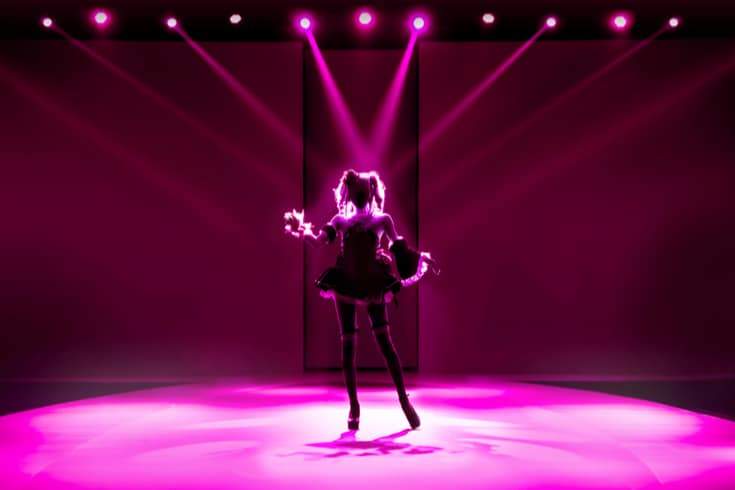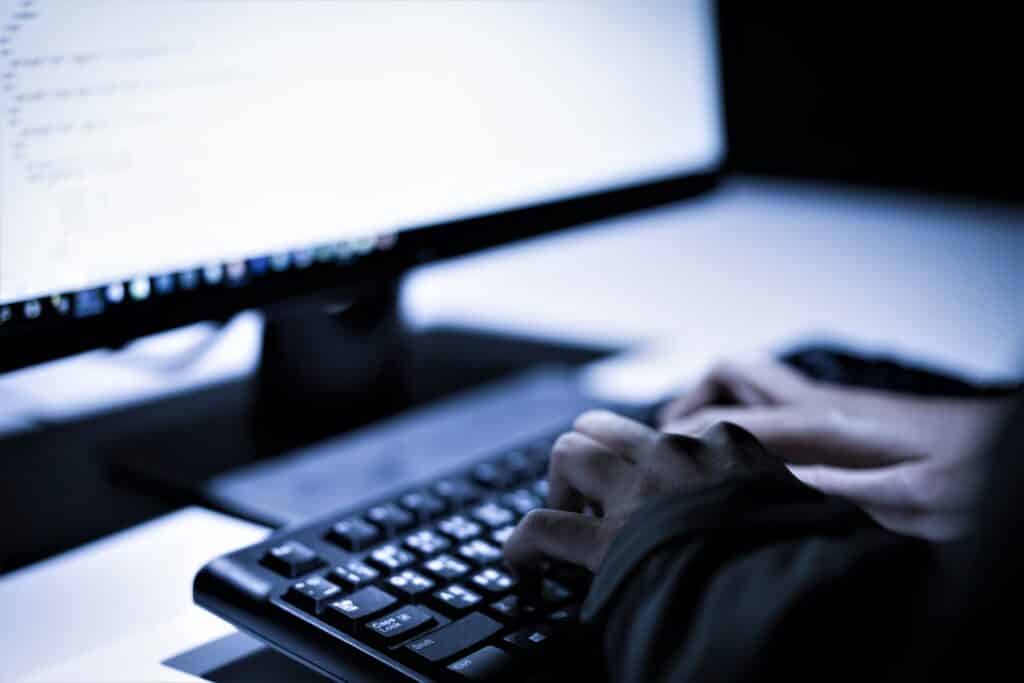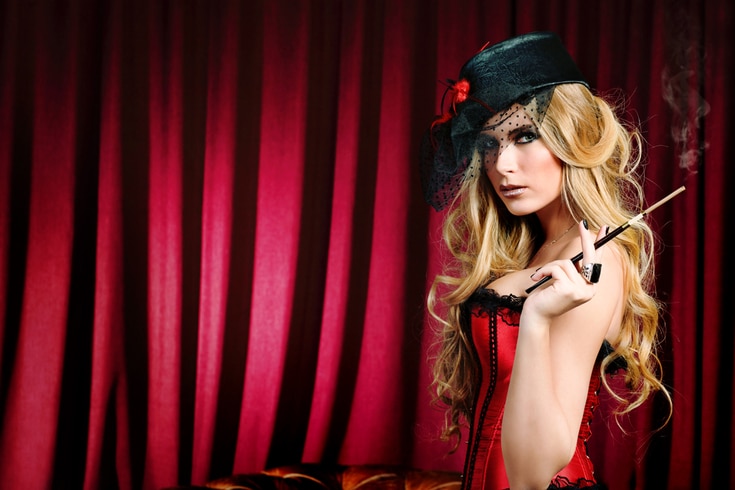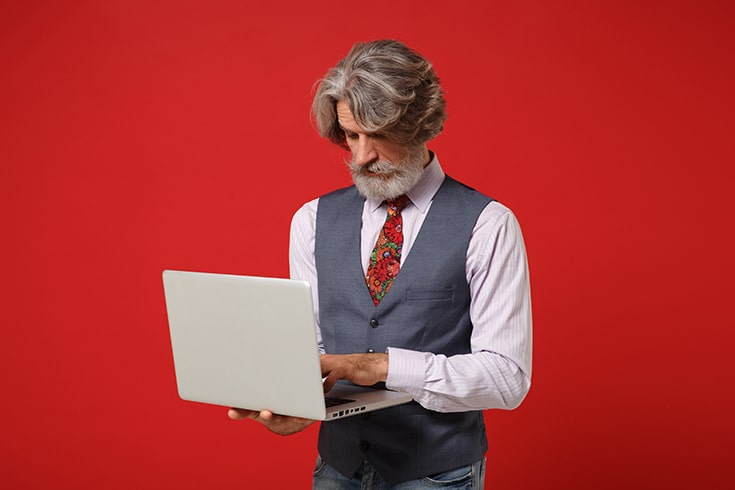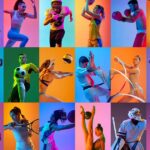Is it Legally Acceptable to Post YouTube Videos Commenting on Incidents and Controversies?
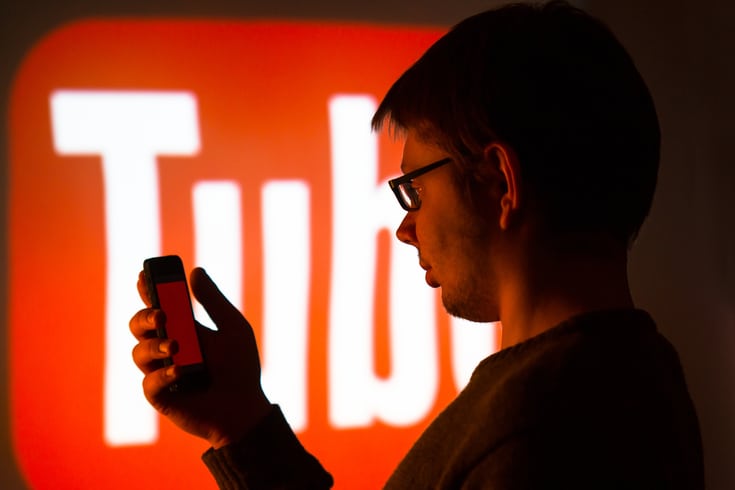
On video sharing platforms like YouTube, a wide variety of videos are posted. Among these, there are commentary videos about incidents involving celebrities and instances of online backlash.
Such videos often attract a high level of public interest, which can lead to a significant increase in views.
While commenting on incidents and online backlash is protected as freedom of speech, not all types of comments are permitted without restrictions. Determining the extent to which comments are legal or illegal is a complex issue.
In this article, we will discuss whether commentary videos about incidents and online backlash are legally problematic.
https://monolith.law/reputation/instagram-flaming-countermeasures[ja]
Relationship with Copyright
First, we will explain the relationship between general public incidents, social media controversies, and copyright.
Concept of Copyright
In simple terms, copyright refers to the rights granted to protect a work of authorship.
The definition of a work of authorship is stipulated in Article 2, Paragraph 1, Item 1 of the Japanese Copyright Law as follows:
(Definition) Article 2
Japanese Copyright Law Article 2, Paragraph 1, Item 1
In this law, the meanings of the terms listed in the following items shall be as prescribed in those items.
1. Work of authorship: This refers to something that creatively expresses thoughts or emotions and falls within the realm of literature, academia, art, or music.
In order to be recognized as a work of authorship, the following four requirements must be met:
- It pertains to thoughts or emotions
- Its creativity is recognized
- It is expressed
- It falls within the realm of literature, academia, art, or music
Items that do not meet these criteria are not recognized as works of authorship and cannot be protected under the Japanese Copyright Law.
Can Copyright be Granted in Flame War Incidents?
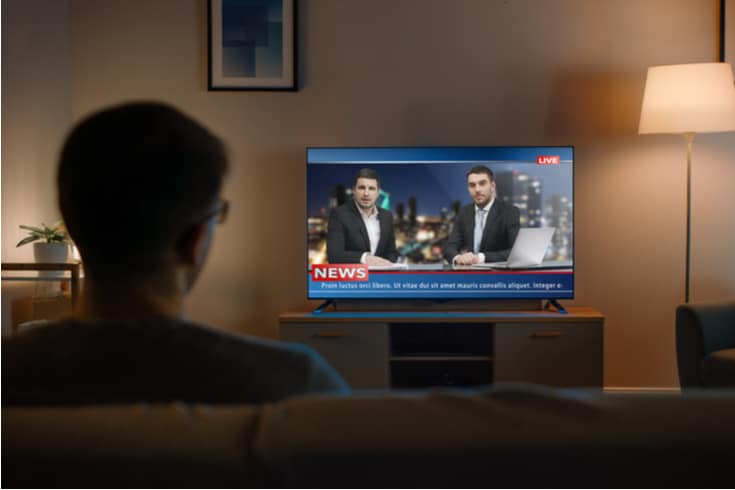
Even if you learn about general incidents or flame wars on social media through newspapers or news reports, copyright is not granted if they remain abstract incidents, not specific expressions such as newspaper articles.
On the other hand, if you directly reproduce newspaper articles, magazines, footage from news agencies, videos posted by others, and create commentary videos, depending on the case, they may be recognized as copyrighted works, and there is a possibility of copyright infringement. Therefore, caution is required.
Quoting does not infringe copyright if the requirements are met
In commentary videos, using newspaper articles or similar materials related to the incident does not violate the Copyright Law if it falls under the category of quotation under the Copyright Law.
Article 32: A published work may be quoted. In this case, the quotation must conform to fair practice and must be made within the legitimate scope of the purpose of the quotation, such as news reporting, criticism, research, etc.
Japanese Copyright Law Article 32
In order for a quotation to be legally recognized, it is necessary to meet the following requirements:
The subject of the quotation is a published work
The term “publication” is defined as follows:
Article 4: A work is considered published when it is issued, or when it is presented to the public by a person who has the rights specified in Articles 22 to 25, or with their permission, by means of performance, playing, screening, public transmission, recitation, or exhibition (including the case where an architectural work is constructed by a person who has the rights specified in Article 21, or with their permission).
Japanese Copyright Law Article 4
The distinction between the quoted part and the author’s own work is clear
For clear distinction, it is possible to use quotation marks or other means to clearly distinguish between the quoted part and the author’s own work.
The author’s own work is the main one, and the quoted work is the secondary one
Since it is a matter of quoting someone else’s work, it is necessary that the author’s own work is the main one and the other person’s work is the secondary one.
The determination of the main and secondary works is made from both a quantitative and qualitative perspective, so it may not be sufficient just to have a larger portion of the author’s own work.
The purpose of the quotation is within a legitimate range
The legitimacy of the purpose of the quotation is determined from the following points:
- Whether the necessity of the quotation is recognized
- Whether the amount of the work being quoted is within the necessary range
- Whether the method of quotation is appropriate
Clearly indicating the source of the work being quoted
The requirement to clearly indicate the source of the work being quoted is stipulated in Article 48 of the Copyright Law.
Except when the author’s name is clearly known and when the work is anonymous, the author’s name indicated on the work must be shown.
Japanese Copyright Law Article 48, Paragraph 2
This is why the sources of quotations are clearly indicated at the end of books, etc.
Not infringing the moral rights of the copyright holder of the quoted work by arbitrarily modifying it, etc.
Authors are granted moral rights as exclusive personal rights. Among these is the right to maintain the integrity of the work (Copyright Law Article 20), so the principle is to quote the original work as it is when quoting.
(Right to maintain integrity)
Japanese Copyright Law Article 20
The author has the right to maintain the integrity of his/her work and its title, and shall not be subjected to any changes, deletions or other modifications against his/her will.
Also, translating when quoting is allowed under Article 46-6, Paragraph 1, Item 3 of the Copyright Law.
Information that meets the requirements of citation can be used in videos
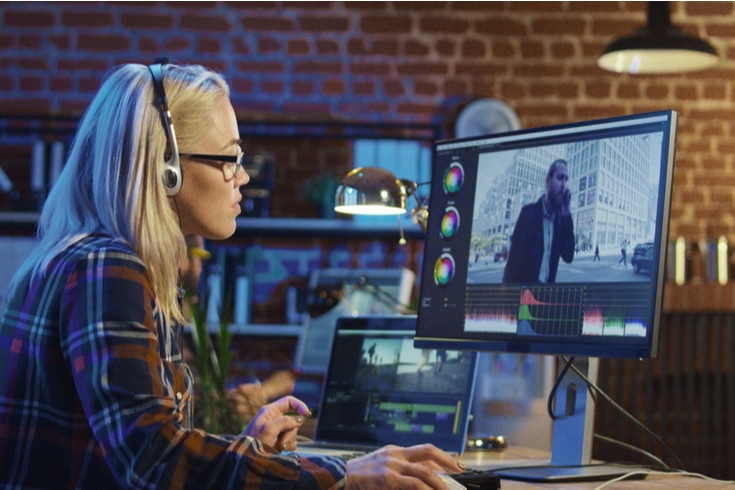
Information about incidents and such in newspapers can be used without infringing on the Japanese Copyright Law, as long as it is quoted in a manner that meets the requirements of the law.
We have introduced the proper way to quote in the article below.
https://monolith.law/corporate/quote-text-and-images-without-infringing-copyright[ja]
Relationship with Portrait Rights
Concept of Portrait Rights
Portrait rights refer to the right to assert that one’s face or figure should not be photographed without permission, or that photographs taken should not be published without consent.
While there is no explicit legal recognition of portrait rights, they are recognized in case law.
Cases of Infringement and Non-Infringement of Portrait Rights
When covering a scandal in a video, the faces of celebrities or famous people may be shown.
The issue here is portrait rights. Whether or not this constitutes an infringement of portrait rights is discussed in the ‘Wakayama Poisoned Curry Incident Reporting Case’ as follows:
There may be cases where the photographing of a person’s appearance, etc. should be permitted as a legitimate journalistic activity, etc. Whether the photographing of a person’s appearance, etc. without their consent is illegal under tort law depends on a comprehensive consideration of the social status of the person photographed, the activities of the person photographed, the location of the photographing, the purpose of the photographing, the manner of the photographing, the necessity of the photographing, etc., and whether the infringement of the above-mentioned personal interests of the person photographed exceeds the limit of tolerance in social life.
Supreme Court Judgment of November 10, 2005 (Heisei 17) First Petty Bench
Even if the faces of celebrities or famous people are shown in the video, if it is judged from the elements mentioned in the case law that the infringement of the personal interests of the celebrities or famous people shown in the video does not exceed the limit of tolerance in social life, it is highly likely that showing their faces in the video does not constitute an infringement of portrait rights.
Relationship with Publicity Rights
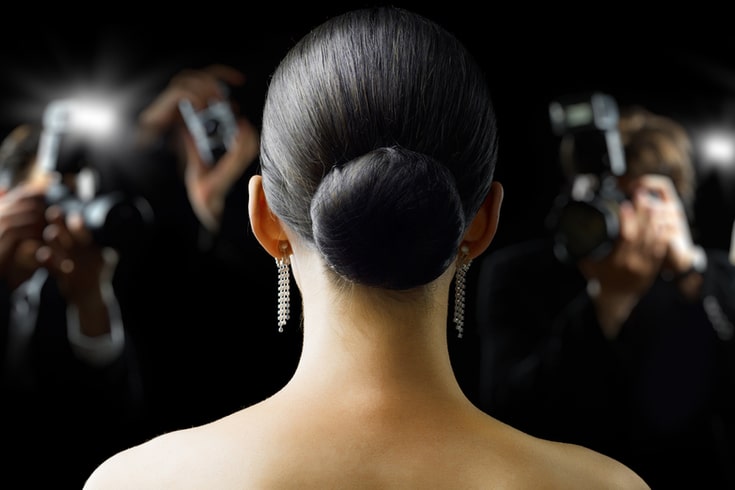
Concept of Publicity Rights
Publicity rights refer to the exclusive right to utilize the economic benefits and value derived from the names, images, and the like of celebrities and famous individuals.
Cases of Publicity Rights Infringement and Non-Infringement
Whether or not there is an infringement of publicity rights is generally determined by whether the use of a celebrity or famous person’s name or image is primarily focused on attracting customers.
Therefore, if you are using photos or videos of celebrities or famous people to increase the number of video views and earn advertising fees, and you are posting videos, it may be evaluated as using them for your own video advertising, and there is a possibility of infringing on publicity rights.
Due to individual circumstances, it can be difficult to judge legality or illegality, and obtaining proper permission is the most reliable method.
Summary
Commentary videos on incidents and controversies can serve a social purpose by expressing personal opinions and offering viewers various perspectives.
However, when reusing newspaper or news videos as they are, or covering incidents involving celebrities or famous people, it is necessary to consider rights such as copyright, portrait rights, and publicity rights. It is essential to post videos without infringing on these rights.
Dealing with legal issues related to commentary videos on incidents and controversies requires specialized legal knowledge. Therefore, we recommend consulting with a knowledgeable law firm.
If you want to know the content of this article in video format, please watch the videos on our YouTube channel.
Category: Internet



